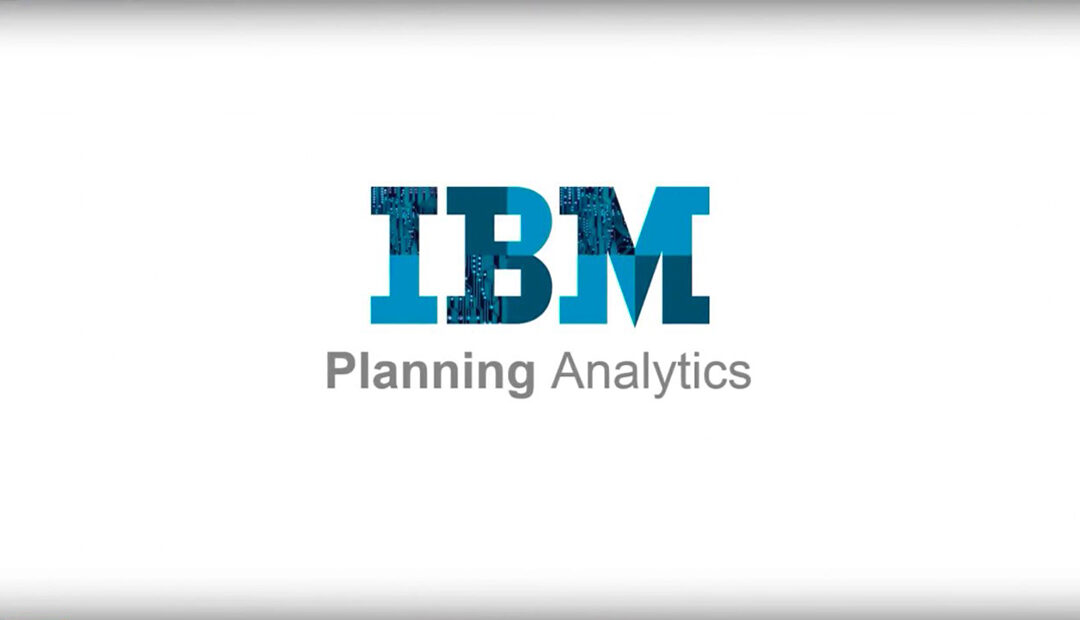Over the past many years, most organisations looking for enterprise planning, budgeting, forecasting and reporting applications have been steered away from spreadsheets by performance management vendors. However, since most companies opt for Microsoft Excel, it is still the preferred tool for many business users, particularly analysts. Because it’s free, a lot of companies are reluctant to replace Excel with another tool that will cost more and that they will need to train their users on, despite being told by solution vendors that Excel is the source of all their planning and budgeting management problems.
As a result, there has been a trend in the performance management space to move away from spreadsheet-based planning solutions to browser-based applications. However, one of the issues to consider is that the latter can hinder reporting and analysis due to their lack of spreadsheet integration and focus on “owned by finance” reporting capabilities.
We all know that finance users love spreadsheets, mainly because of their powerful, flexible and pixel-perfect reporting capabilities. Because finance executives have very specific requirements for their reports – fonts, underlines, column spacing etc., spreadsheets make it very easy to meet their needs in this area.
However, this is where some browser-only performance management applications fail to deliver. Their lack of reporting flexibility could encourage the type of poor behavior you were trying to move your users away from when acquiring and adopting a PM solution. An example would be satisfying an ad-hoc reporting task for a Finance executive that requires an answer to a question in a “highly formatted” standard report. Using a browser only performance management solution, one could be tempted to copy and paste the data from the browser into the spreadsheet or perform a “data pull” to csv in order to manipulate the data in the spreadsheet using “VLOOKUP”s and “SUMIF”s.
There is a happy medium. Though it is true that using only Excel for planning comes with opportunity costs, it can continue to be an essential tool for planning and budgeting if it is being embedded correctly into the right enterprise solution. IBM Planning Analytics allows end users to analyze and report on their data in an environment that they are familiar with and provides finance users with the tools that they need to meet their reporting deadlines in a format that their executives expect.
From Planning Analytics Workspace, the web self-service client to IBM Planning Analytics, users can export data as snapshot or as a connected, sliced report into an Excel workbook. The sliced report automatically refreshes data from the server in the Excel workbook. This key capability turns Excel into a report writer, making it an essential part of a planning application. You then no longer need to use Excel to develop business models, as its capabilities to do so are limited, especially with larger data sets and increased number of concurrent users. You can therefore let the planning application do the ‘number crunching’ but continue to use Excel as powerful self-service reporting client based on the data within the application.
To be a truly powerful report builder, you ideally want direct access to the data on the performance management application from within Excel, not just via ‘export’ from a web application. IBM Planning Analytics for Excel (PAx) client allows users to directly work with the cubes on the server, browse on these cubes to specify the ‘view’ of the data they need, create a snapshot or ‘sliced’ (i.e. connected) report, and save the Excel workbook on their desktop or share it with others.
PAx allows you to easily build workbooks with multiple tabs representing different business areas, without having to sync, link or consolidate the data manually in Excel; with all this being done by the Planning Analytics server.
A powerful solution like IBM Planning Analytics, where the data and business logic resides on the IBM Planning Analytics server and an Excel client allows users to easily access that data to create individual reports, continues to make Excel an important tool for planning, budgeting, forecasting and reporting.
Watch IBM Planning Analytics: A Single Solution for Better Business Results to find out more or reach out to us today.

